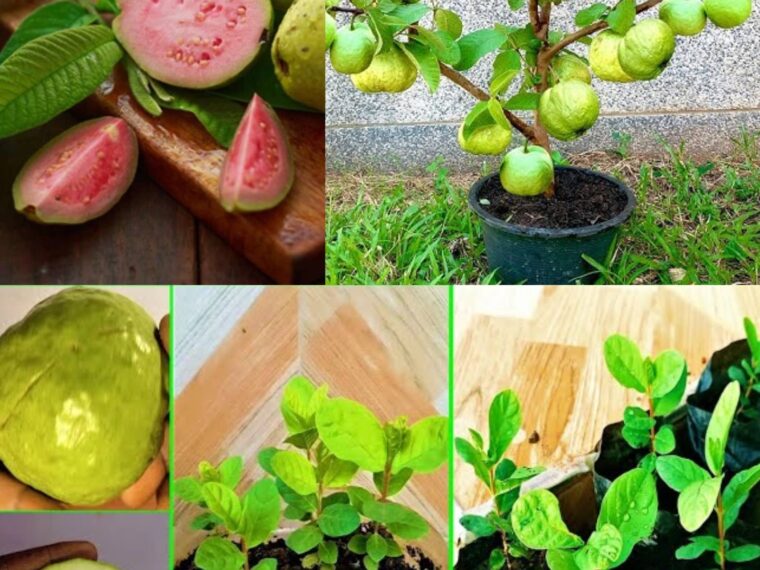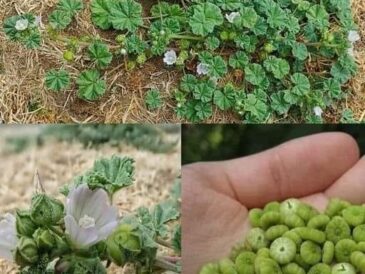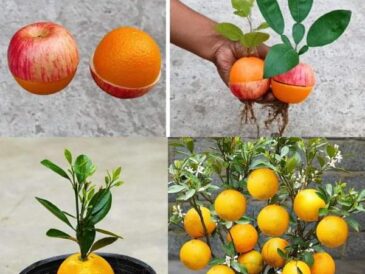Watering and Fertilizing
- Watering: Water regularly, especially during hot, dry weather. Allow the top inch of soil to dry before watering again.
- Fertilizing: Feed your guava tree with a balanced fertilizer every 2-3 months during the growing season. Organic fertilizers are preferred.
Pruning and Shaping
- Pruning: Regular pruning encourages bushier growth and promotes fruit production. Remove dead or diseased branches and any suckers that grow from the base of the tree.
- Shaping: Train your guava tree into a desired shape by carefully pruning branches.
Pest and Disease Control
- Common Pests: Watch out for aphids, mealybugs, and scale insects. Use insecticidal soap or neem oil to control these pests.
- Diseases: Good drainage and proper air circulation can help prevent fungal diseases. If problems arise, consult a gardening expert for appropriate treatments.
Harvesting
- Fruit Ripening: Guava fruits typically ripen in 3-4 months after flowering. The fruit will change color from green to yellow or red when ripe.
- Harvesting: Gently pick the ripe fruits by hand.
Additional Tips:
- Pollination: While self-pollinating varieties exist, hand pollination can increase fruit set. Use a small brush to transfer pollen from male to female flowers.
- Container Size: As your guava tree grows, you may need to repot it into a larger container to accommodate its root system.
- Winter Care: If you live in a cold climate, protect your guava tree from frost by bringing it indoors or providing adequate insulation.
By following these guidelines, you can successfully grow a guava tree in a pot and enjoy the sweet rewards of your labor. Happy gardening!
Pages: 1 2





